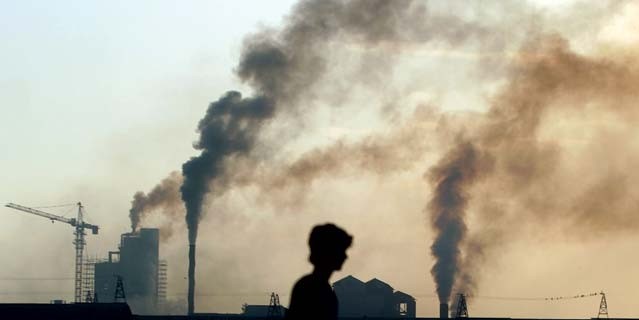Bhubaneswar: With constant degradation of air quality in major cities of Odisha, experts have batted for concerted efforts by citizens and immediate implementation of World Health Organisation (WHO) standards to improve air quality and life expectancy in affected places.
As per the National Clean Air Programme (NCAP) launched by the Centre, about 122 cities fall under non-attainment cities, which consistently show poor air quality than the National Ambient Air Quality standards. Out of these, six cities – Bhubaneswar, Cuttack, Angul, Talcher, Rourkela, Kalinga Nagar (Jajpur) and Balasore – have constantly shown degrading air quality standards.
Discussing the impact of poor air quality in a workshop jointly organised by Odisha State Pollution Control Board (OSPCB), Energy Policy Institute at the University of Chicago (EPIC India) and Tata Centre for Development at UChicago (TCD), at Kalinga Nagar recently, experts were of the opinion that the average life expectancy of Kalinga Nagar residents could increase by three years if WHO air quality standards are met.
Kalinga Nagar, which has shown worst levels of air pollution, had five out of its six industries rated as 1-star (lowest environment compliant) by Odisha Star Rating. However, Pramod Kumar Behera, Regional Officer of Odisha State Pollution Control Board (OSPCB) assured that the area will see a reduction of 30 per cent air pollution under NCAP.
Sudhanshu Sekhar Bal, Assistant Divisional Medical Officer, said, “Morbidity and mortality due to adverse impact of air pollution have increased at an alarming rate. Hospitalisation and health related expenses have increased manifold. Air pollution can only be controlled at source using right kind of fuel and more dependence on public transport.”
While a large number of factors such as heavy motorisation, stubble burning, construction debris and vehicle movement are said to contribute to degrading air quality, unchecked emissions from industries is said to be the determining factor.
The recently conducted star rating found that out of 107 industries belonging to 17 categories of high-polluting sectors, only 25 are rated 5-star. Meanwhile, six others have received 4-star and one industry has been rated 2-star.
“Comprehensive action plan has been prepared for control and abatement of air pollution in the non-attainment cities by different state departments. Air Pollution Emergency Response Plan (APERP) is also being prepared for different departments to restore urban air quality and take precautionary measures to minimise health risks at the time of emergency situations in terms of air quality,” stated Shubhadarshini Das, environmental engineer at OSPCB.







































